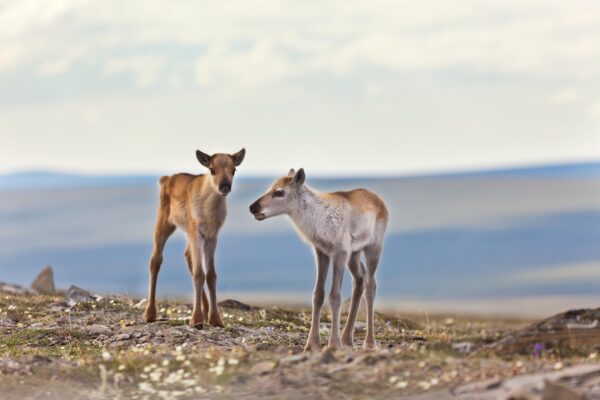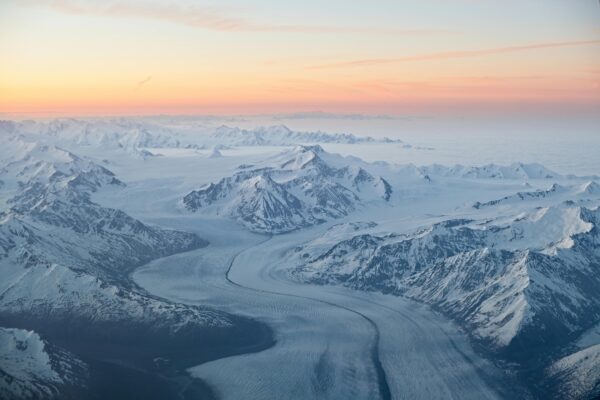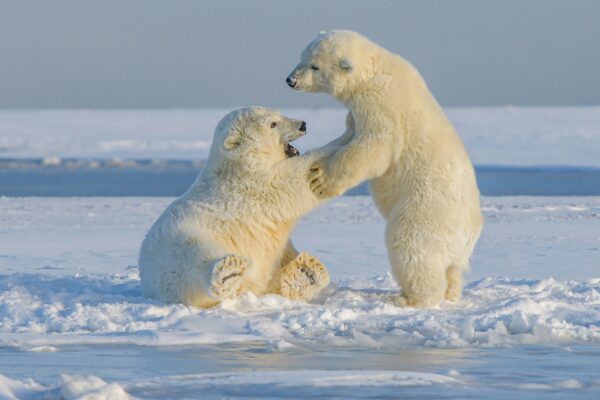WILD ALASKA BLOG
Interior Withdraws Special Area Safeguards in NPR-A, Advancing Oil and Gas Agenda
FOR IMMEDIATE RELEASE Date: 7/28/25 Contact: Andy Moderow | 907-360-3622 | andy@alaskawild.org Today, in response to the announcement that Interior Withdraws Restrictive Special Area Policies in Alaska’s National Petroleum Reserve to Advance Energy Development, Alaska Wilderness League released the following statement: “Today’s action is a direct attack on science and Traditional Knowledge, putting iconic Western Arctic landscapes…
Read MoreWhat Good is a Public Comment Period?
We all learn from a young age about the three branches of government, but what they actually mean for protecting Alaska’s public lands often feels murky. How we affect change varies drastically based on which branch we’re trying to shake. When it comes to decisions like drilling in the Arctic Refuge, protecting Special Areas, or…
Read MoreWe Lost a Vote—But Not the Fight
Watching the budget bill pass hurt. There’s no way around it. Despite everything we poured into this fight—the long nights, the relentless pressure, the stories shared, the ground gained—Congress has once again sold-out Alaska and our public lands to billionaires. In a budget deal led by President Trump and his allies, we saw sweeping new…
Read MoreHouse Passes Budget Bill
FOR IMMEDIATE RELEASE Date: 7/3/2025 Contact: Anja Semanco | 724-967-2777 | anja@alaskawild.org In response to the House passage of Trump’s budget bill, Kristen Miller, Executive Director of Alaska Wilderness League, issued the following statement: “We are beyond disappointed that the House just joined the Senate in passing the biggest public land sell-off legislation in a generation. From…
Read MoreSenate Greenlights Historic Land Grab in Alaska, Puts Arctic Refuge on the Auction Block
FOR IMMEDIATE RELEASEDate: 7/1/2025Contact: Anja Semanco | 724-967-2777 | anja@alaskawild.org Senate Greenlights Historic Land Grab in Alaska, Puts Arctic Refuge on the Auction Block Washington, D.C. — Against significant opposition, the U.S. Senate passed a budget reconciliation bill that mandates one of the largest public land sell-offs in modern history. The bill threatens over 20…
Read MoreTrump Admin Announces Plan to Rescind Roadless Rule
FOR IMMEDIATE RELEASE Date: 6/23/2025 Contact: Anja Semanco | 724-967-2777 | anja@alaskawild.org In response to the Trump administration’s announcement about the nationwide Roadless Rule repeal, Andy Moderow, Senior Policy Director at Alaska Wilderness League, released the following statement: “A national repeal of the Roadless Rule is yet another attack, not only on Alaska, but on America’s public lands. Make no…
Read MoreTrump’s latest attack would open 82% of America’s largest block of public land to oil and gas leasing
FOR IMMEDIATE RELEASE Date: 6/18/2025 Contact: Anja Semanco | 724-967-2777 | anja@alaskawild.org Trump’s latest attack would open 82% of America’s largest block of public land to oil and gas leasing The Trump administration’s proposed drilling rollback sacrifices caribou, climate, and Indigenous rights for fossil fuel expansion in Alaska. Washington, D.C. – Late in the day on June…
Read MoreThe Senate’s Budget Bill: A Massive Giveaway of Alaska’s Wildest Places
On June 11, 2025, the Senate Energy & Natural Resources Committee dropped the latest version of its budget bill and with it, a direct attack on public lands, climate progress, and our last wild places. This isn’t budgeting. It’s a giant giveaway to billionaires, Big Oil, and mining interests. And Alaska? Alaska is ground zero. …
Read MoreWillow Ruling: A Green Light for Billionaires, a Disaster for the Arctic
After the appeals court upheld the approval of the Willow project on Alaska’s North Slope, Kristen Miller, Executive Director at Alaska Wilderness League, released the following statement: “This ruling is not only dangerous for America’s Arctic and the people who live there, but also for our global climate,” said Kristen Miller, executive director at Alaska…
Read More








